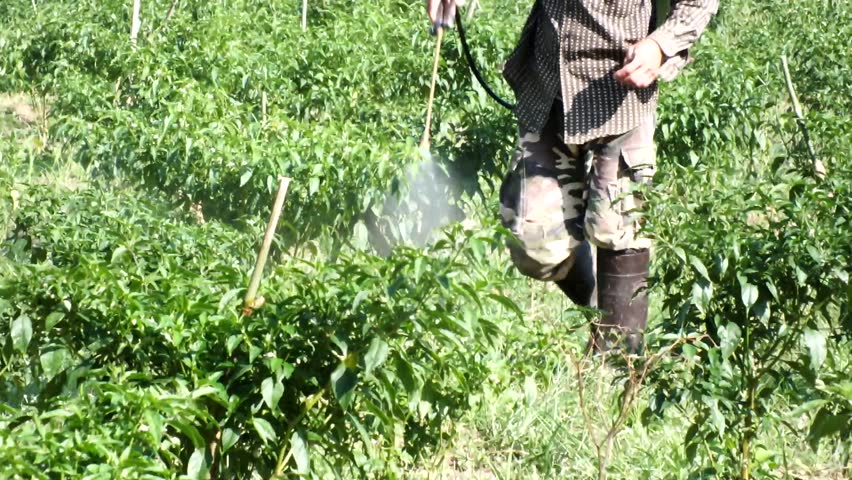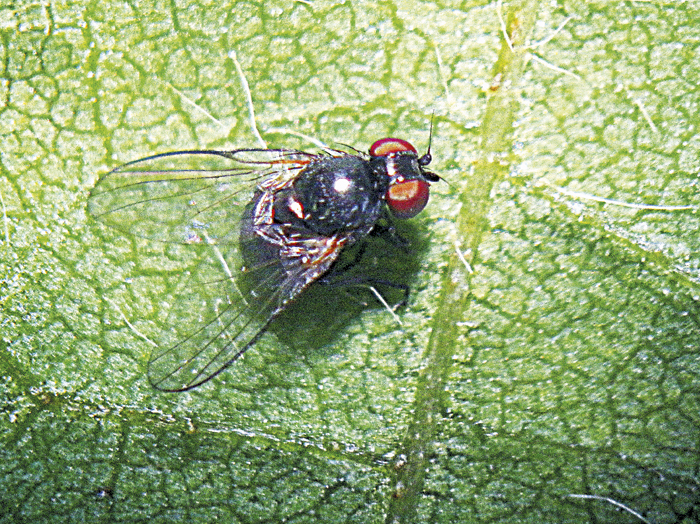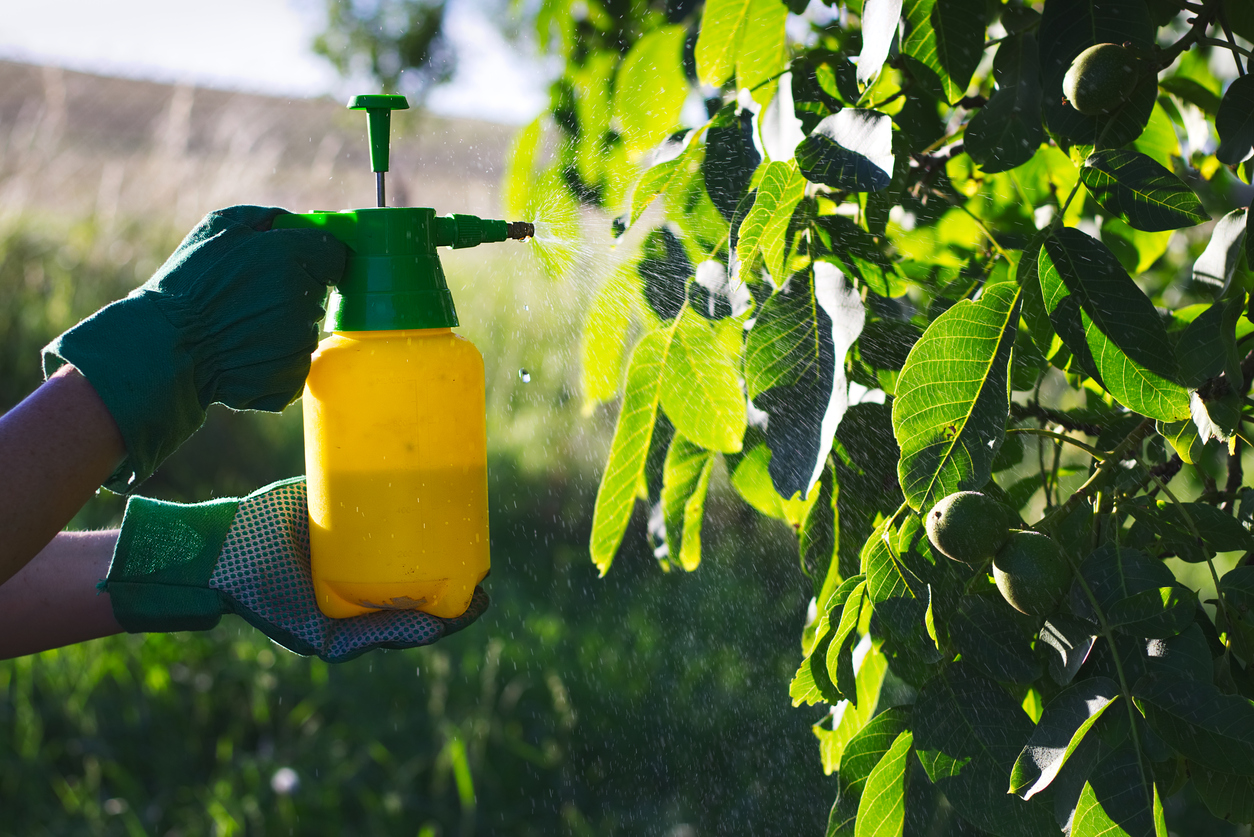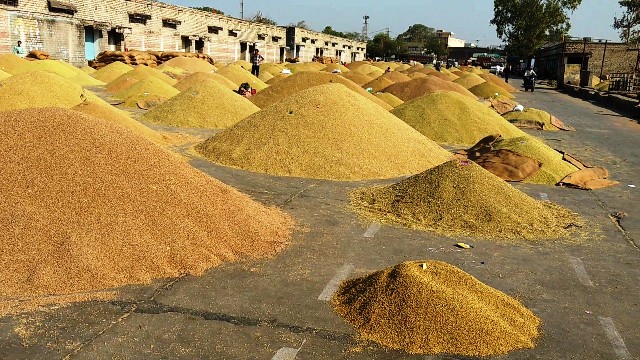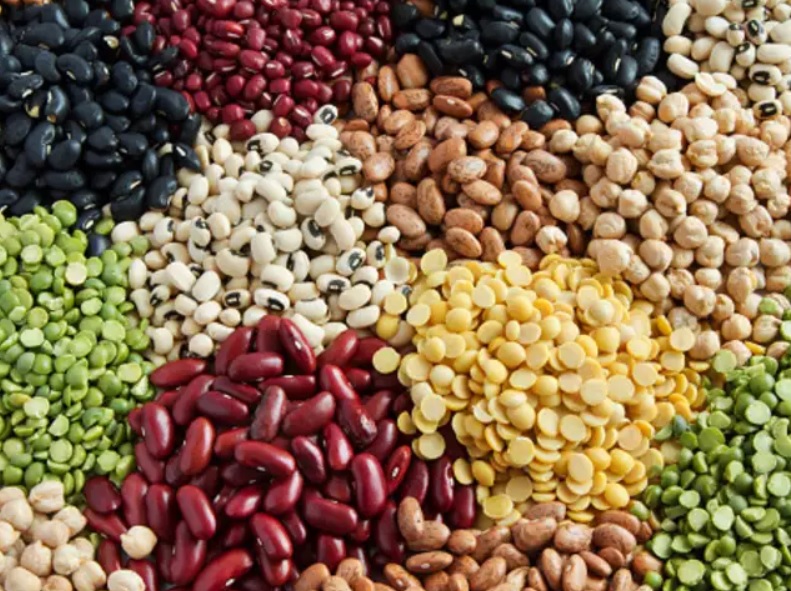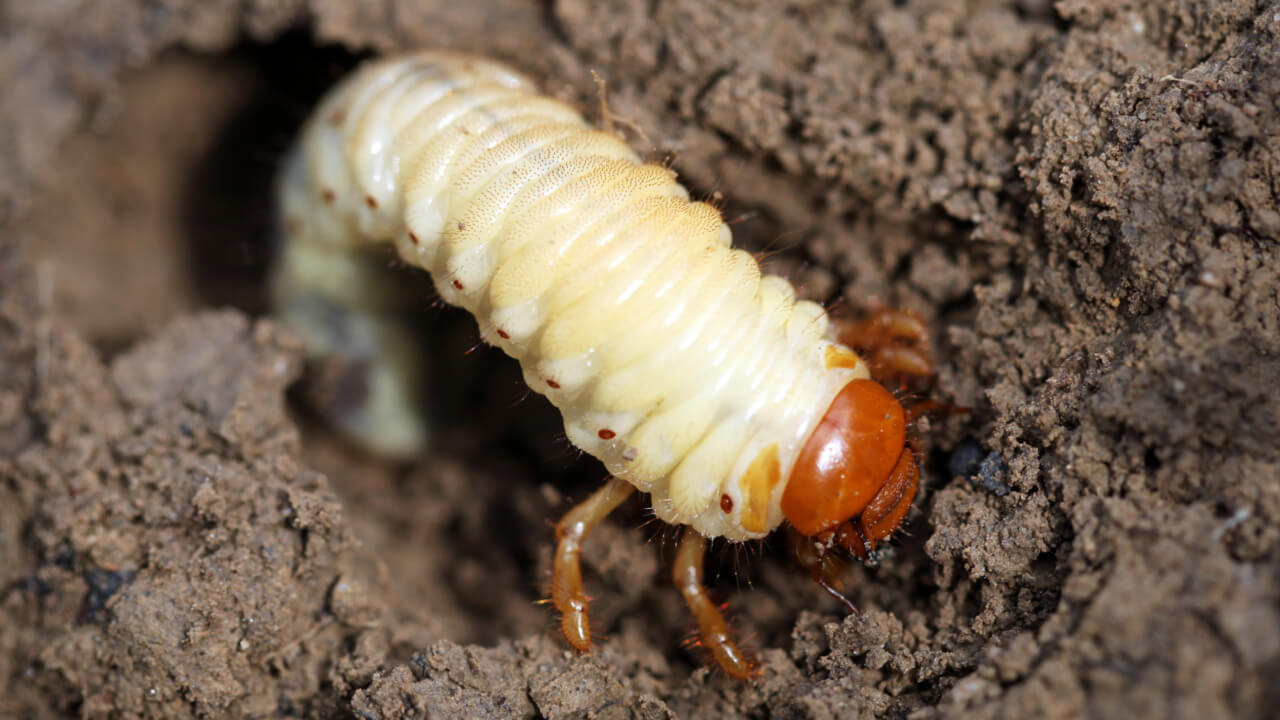- Cotton plants usually face a lot of attacks from insects like sucking pests, caterpillars such as Pink bollworm, Aphid, Jessid, Mites, etc
- Along with these pests, some fungal and bacterial diseases also greatly affect the Cotton crop like root rot, stem rot, Alternaria leaf spot, etc.
- the following products are used to manage them.
- Pink bollworm management: – PROFENOFOS 40 % + CYPERMETHRIN 4% EC @ 400 ml / acre or FENPROPATHRIN 10% EC @ 400 ml / acre or NOVALURAN 5.25 %+ EMAMECTIN BENZOATE 0.9 SC @ 600 ml / acre
- Sucking pest management: – DIAFENTHIURON 50 % WP @ 250 gram / acre or PYRIPROXYFEN 10 % + BIFENTHRIN 10% EC @ 250 ml / acre or IMIDACLOPRID 17.8% SL @ 100 ml / acre
- For fungal disease :-THIOPHANATE METHYL 70% WP @ 300 gram / acre or HEXACONAZOLE 5% SC @ 300 ml / acre or MANCOZEB 75 % WP @ 500 gram /acre For bacterial disease :- STREPTOMYCIN SULPHATE 90%+ TETRACYCLINE HYDROCHLORIDE 10% W/W@ 24 gram/acre or KASUGAMYCIN 3% SL @ 400 ml / acre
- as a biological treatment Spray PSEUDOMONAS FLUORESCENS @ 250 gram / acre
- Nutrition Management: – For good growth in cotton crop, spray 00:00:50 @ 1kg / acre
Spray Management in Chili Crops in 130-150 days
- In 130-150 days Chilli crop is fully in maturation stage
- At this time in chilli crop there is continuous harvesting of fruits as well as there is regular growth of flowers.
- At this time, spraying of the appropriate chemicals is very important to keep the flowers from shedding and the chilli fruit from rotting.
- This management is done for fungus management, insect management, and nutrition management.
- For the control of fungal diseases spray METIRAM 55% + PYARACLOSTROBIN 5% WG@ @ 600 gram / acre or THIOPHANATE METHYL 70% W/W @ 300 gram / acre.
- For the control of insects PYRIPROXYFEN 10 % + BIFENTHRIN 10% EC @ 250 ml / acre or LAMBDA CYHALOTHRIN 4.9 % CS @ 250 ml / acre or CHLORANTRANILIPROLE 18.5 % SC @ 60 ml / acre
- Nutrition Management: – Spray @ 00:00:50 @ 1 kg / acre and GIBBERELLIC ACID @ 300 ml / acre and to prevent premature flower drop spray HOMOBRASSINOLIDE @ 100 ml / acre
Soybean farmer did smart farming with Gramophone app, yield increased from 160 to 200 quintals
The desire of every Indian farmer is to reduce the cost of cultivation and increase profits. But most of the farmers of our country still do traditional farming, due to which they have to satisfy themselves with low production and the agricultural cost also becomes very high. But in today’s modern era, farmers who use modern methods in farming are called smart farmers. For the last 4 years Gramophone has been engaged in teaching smart farming to farmers.
Many farmers are doing smart farming by connecting with gramophone app. Shubham Patel of Khandwa is also one of them. Shubham is getting very good results from this smart farming. They used to produce 160 quintals before the soybean crop, now this yield has increased to 200 quintals. This has also increased their profits by 41%. The cost of farming has also come down by Rs 10,000.
If you also want to make a similar difference in your agriculture like Shubham Ji and want to become a smart farmer, then you can also join Gramophone. To connect with Gramophone, you can either miss the toll free number 18003157566 or login to Gramophone Krishi Mitra app.
ShareStem fly control in soybean
- The main causes for stem fly/stem borer in soybean crop are very dense sowing of the crop, inappropriate use of pesticides, non-adoption of the crop cycle.
- The most important thing for the control of stem fly in soybean crops is appropriate control in the early stage of the infection of the caterpillar.
- A spray of BEAUVERIA BASSIANA periodically is very important to control the stem fly.
- A spray of the following products is crucial for the control of stem fly in the soybean crop.
- THIAMETHOXAM 25% WG @ 100 gram / acre +FENPROPATHRIN 10% EC @ 400 ml / acre or THIAMETHOXAM 25% WG @ 100 gram / acre + BEAUVERIA BASSIANA @ 250 gram / acre or FIPRONIL 5% SC @ 400 ml / acre or FENPROPATHRIN 10 Spray @% EC @ 400 ml / acre + BEAUVERIA BASSIANA @ 250 gram / acre.
Seeing crop damage, Chief Minister assured crop insurance
Madhya Pradesh Chief Minister Shivraj Singh Chauhan took stock of the damaged crops of farmers and said that I cannot sit when the farmer is in crisis. He extended the date of crop insurance to 31 August and also said that he will help the farmers in this hour of crisis.
Chief Minister Shivraj Singh Chouhan said that crop insurance will be done till 31 August after seeing the soybean crop in the state’s Khategaon area. He said that Corona has broken the back of the economy. I am with the farmers. In two-three days, there has been much loss of crops. In such a situation, farmers are in trouble and I could not sit at home, that’s why I have come here. Tomorrow I will go to other districts and see the status of crops.
Source: Nai Dunia
ShareSeveral states including MP will receive torrential rain, know weather forecast
The monsoon is raining in most parts of the country and the Meteorological Department has said that the process of rain will continue for a few days. During the last 24 hours, severe monsoon rains have been recorded in the eastern and central parts of Chhattisgarh and Madhya Pradesh.
If we talk about the next 24 hours, according to the Meteorological Department, the activities of rain in Chhattisgarh will reduce during the next 24 hours. However, good rains will remain in some places for the next 12 hours. Torrential rains are likely to continue over central and eastern parts of Madhya Pradesh.
Source: Krishi Jagran
ShareImportance of organic fungicides
- Organic fungicides either prevent the growth of pathogenic fungi or kill them and make the plant disease-free.
- It increases the immune system in plants by stimulating their chemical processes.
- It reduces dependence on chemical drugs, especially fungicides.
- Increase fertility of the soil by increasing the number of useful fungi in soil
- The use of organic fungicides has been observed to increase nutrients in crops.
- These are used as soil treatment. These pesticides play an important role in the bioremediation of soil contaminated with pesticides.
CM Shivraj wants to set up country’s first Private Mandi in Madhya Pradesh
Just a few months ago, the central government enacted a new mandi act and cleared the way to make private mandi. Now on this subject, the Chief Minister of Madhya Pradesh, Shri Shivraj Singh Chouhan said that “After the new Mandi Act is made by the Central Government, the first private mandi in the country should be established in Madhya Pradesh, For this, after the passage of the Madhya Pradesh Agricultural Produce Market Act (Amendment) Bill-2020 prepared in the state, it will be implemented quickly. This Act will be beneficial for both farmers and traders of the state. ”
The Chief Minister said these things during the high level meeting in the Ministry while discussing the provisions of Madhya Pradesh Agricultural Produce Market Act (Amendment) Bill-2020. In this meeting, Minister of Farmer Welfare and Agriculture Development, Mr. Kamal Patel, Minister of State for Farmers Welfare and Agriculture Development, Mr. Girraj Dandoutia, Chief Secretary Mr. Iqbal Singh Bains, Additional Chief Secretary Mr. K.K. Singh, Principal Secretary Shri Ajit Kesari was present.
Source: Krishak Jagat
ShareImportance of seed treatment in Rabi crops
- Control of seed borne diseases:- In small grain crops, vegetables and tuber crops like potato, garlic and onion, seed treatment is very effective.
- Control of soil borne diseases: – The seeds are treated with fungicidal chemicals to protect seeds and young plants from soil borne fungi, bacteria and nematodes, so that the seeds are safe in the ground,and all the chemicals that are used in seed treatment create a cover around the seeds.
- Improves germination: – By treating seeds with proper fungicide, their surface is protected from the attack of fungi, which increases their germination capacity.
- Protection from pests: – By treating the seed with a suitable pesticide before storage, it also protects the seeds during storage and after sowing. The pesticide was selected based on the type and storage period of the crop.
How to manage white grub in Chilli crops
- White grubs as the name suggests are white colored insects that live as a grub in a field whose dormancy period is in the winter.
- They initially damage chilli plant roots. Symptoms of white grub include a complete withering of the plant or stunting of the plant resulting in the plant dying.
- For control of this insect , in the month of June and July,use Metarhizium culture (kalichakra) along with FYM (2 kg + 50-75 kg) per acre for control of white grub
- But if infestation of white grub is visible even in the immature stage of chilli crop, then chemical treatment can also be done to control this pest.
- use FENPROPATHRIN 10% EC 10% EC @ 500 ml / acre, CLOTHIANIDIN 50.00% WG @ (Dantotsu) 100 g / acre as soil mix.


